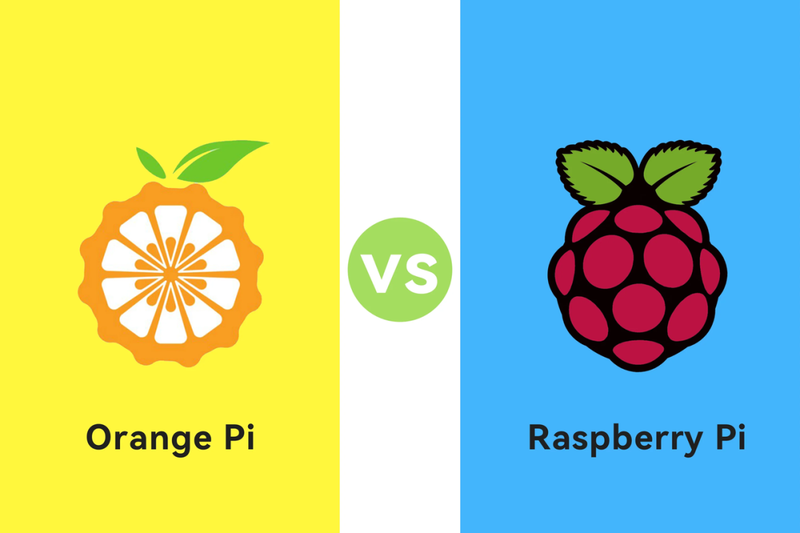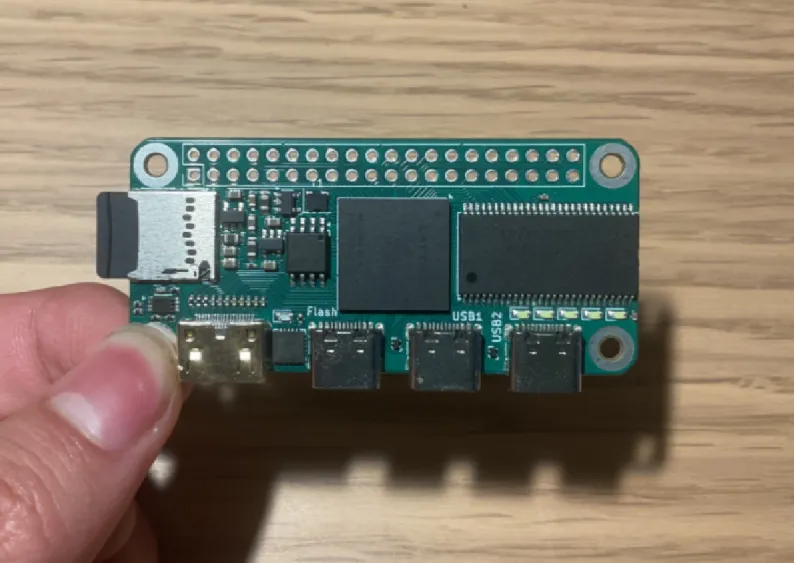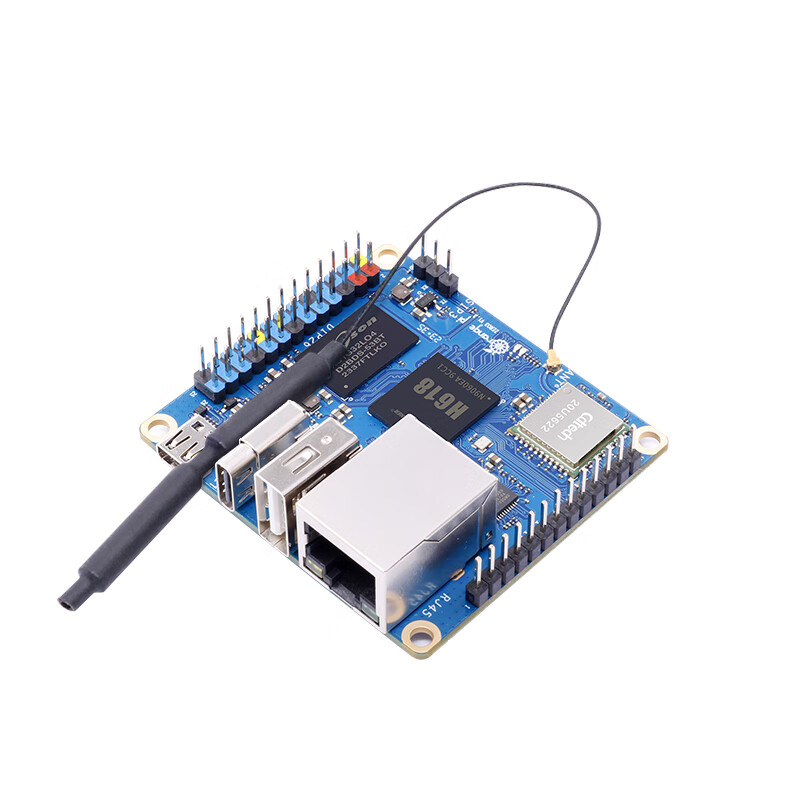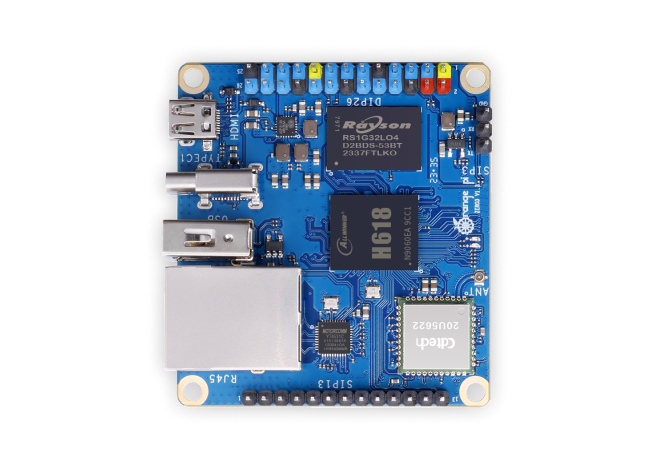
When deci.tcejding between the Orange Pi Zero 3 and the Raspberry Pi for a particular project, several factors need to be taken into account. These factors will help you determine which device is better suited to meet the requirements of your project.
1. Project Requirements and Performance
- Processing Power:
- High - Performance Demands: If your project involves complex tasks such as running virtual machines, conducting data - intensive analytics, or developing advanced machine - learning models, the Raspberry Pi may be a better choice. For example, the Raspberry Pi 4 with its Broadcom BCM2711 quad - core Cortex - A72 processor offers more processing power compared to the Orange Pi Zero 3's Allwinner H618 quad - core Cortex - A53 processor.
- Light - Weight Tasks: For simple projects like basic home automation, sensor data collection, or running a small - scale web server, the Orange Pi Zero 3 can provide sufficient processing power at a lower cost. Its processor can handle tasks such as reading temperature sensors, controlling smart switches, or serving static web pages.
- Memory and Storage Needs:
- Large Memory Requirements: If your project requires a significant amount of memory to run multiple applications simultaneously or to store large datasets, the Raspberry Pi offers more options. The Raspberry Pi 4 is available with up to 8GB of memory, while the Orange Pi Zero 3's maximum memory option is 4GB.
- Storage Considerations: Both devices support external storage via SD cards. However, some Orange Pi models, like the Orange Pi Zero 3, may also come with eMMC storage, which provides faster read and write speeds. If your project involves frequent data access or storage of large media files, the eMMC option on the Orange Pi could be an advantage.
2. Connectivity and Expansion
- Network Connectivity:
- High - Speed and Multiple Connectivity Options: The Raspberry Pi 4 comes with built - in Gigabit Ethernet and dual - band Wi - Fi (2.4GHz and 5GHz), along with Bluetooth 5.0. This makes it suitable for projects that require high - speed network access, such as streaming media over a local network or connecting to the internet for cloud - based services.
- Basic Connectivity: The Orange Pi Zero 3 offers network connectivity options, but they may be more limited. It may have Ethernet and Wi - Fi capabilities, but the Ethernet speed may not be Gigabit. If your project only requires basic network access, such as connecting to a local Wi - Fi network for simple data transfer, the Orange Pi Zero 3 can still meet your needs.
- Expansion Ports:
- Diverse Expansion: The Raspberry Pi has a 40 - pin GPIO (General - Purpose Input/Output) header, which provides a wide range of expansion possibilities. It allows you to connect various sensors, actuators, displays, and other external devices easily. There are also numerous add - on boards available in the market specifically designed for the Raspberry Pi.
- Custom Expansion: The Orange Pi Zero 3 has a 26 - Pin expansion function port and a 13 - Pin expansion port (with an adapter board). While it offers expansion capabilities, the layout and functionality of these ports may be different from the Raspberry Pi's GPIO header. If you have specific expansion requirements and are willing to do some custom development, the Orange Pi Zero 3 can be configured to meet those needs.
3. Software Ecosystem and Community Support
- Operating System and Software Availability:
- Rich Software Ecosystem: The Raspberry Pi has a well - established software ecosystem. It supports a wide range of operating systems, including Raspberry Pi OS (formerly Raspbian), Ubuntu, and Android Things. There are also many pre - configured software packages and applications available for the Raspberry Pi, which can save development time.
- Growing Ecosystem: The Orange Pi also supports multiple operating systems, mainly Linux - based distributions like Ubuntu. However, the software ecosystem for the Orange Pi is still growing, and there may be fewer pre - configured applications and less community support for some operating systems compared to the Raspberry Pi.
- Community and Development Resources:
- Large and Active Community: The Raspberry Pi has a large and active community of developers, hobbyists, and educators. There are numerous online resources, tutorials, and forums dedicated to Raspberry Pi projects. This community support makes it easier to find solutions to problems, share ideas, and learn from others.
- Emerging Community: The Orange Pi community is expanding, but it is relatively smaller compared to the Raspberry Pi community. While there are online forums and communities where users can seek help, the amount of available resources may be more limited.
4. Cost Considerations
- Budget - Friendly Option: If cost is a major factor in your project, the Orange Pi Zero 3 is often a more budget - friendly choice. It offers a lower - cost alternative for basic projects without sacrificing too much functionality.
- Investment in Performance and Ecosystem: The Raspberry Pi, although generally more expensive, provides better performance, a more extensive software ecosystem, and stronger community support. If your project requires high - end performance and you can afford the additional cost, the Raspberry Pi may be a better long - term investment.
In summary, when choosing between the Orange Pi Zero 3 and the Raspberry Pi for a specific project, carefully evaluate your project's requirements, performance needs, connectivity and expansion requirements, software and community support, and cost constraints. By considering these factors, you can make an informed decision that best suits your project.





